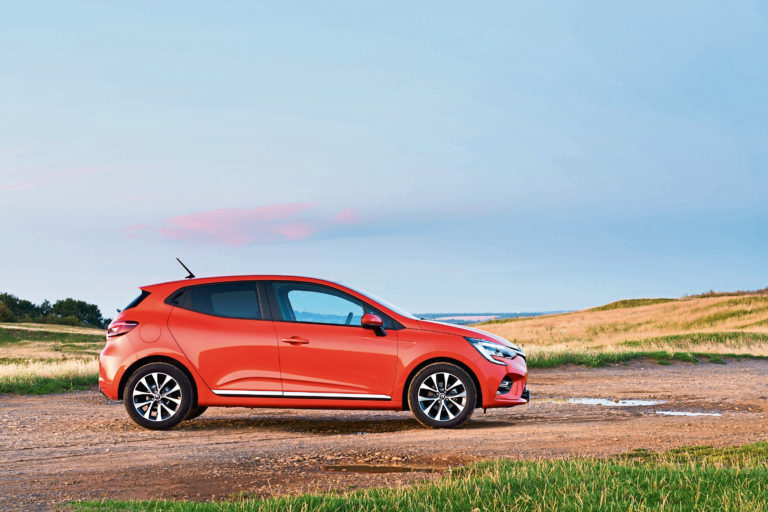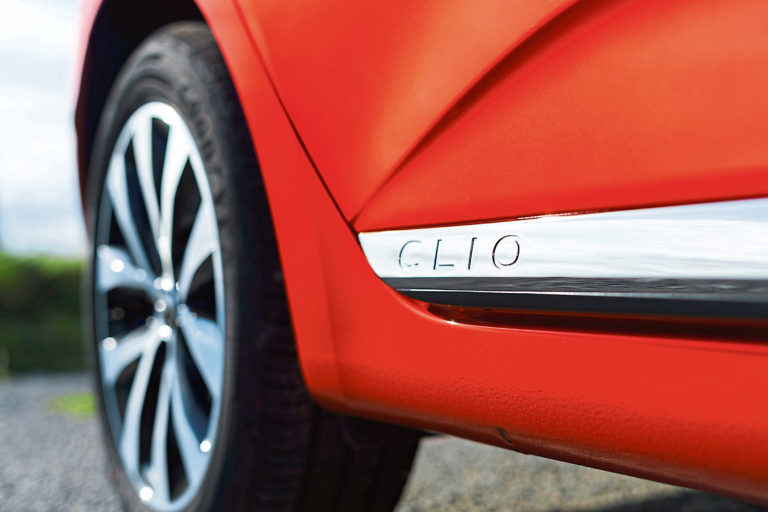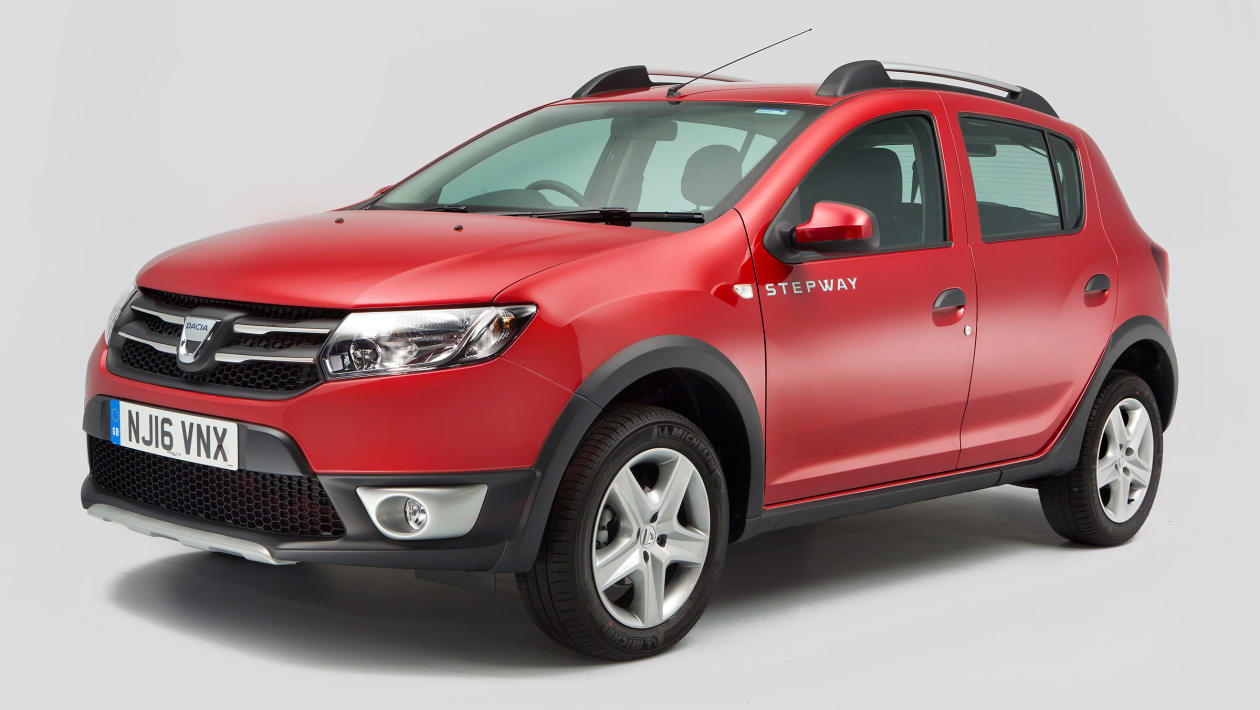Great space and low price for the Renault Triber 2020 - a new budget seven-seater.
Renault’s new Triber is not a soft-roader, nor is it a hatch, according to its maker. As it has space for seven passengers, it’s a multipurpose vehicle and it slots in as an affordable family offering for budget-seeking customers who’d have gone for a Kwid instead.
Imported from India, the Triber is built on a new modular platform that’s different to the one that underpins the Kwid. It spans 3,999mm from nose to tail and 1,739mm wide. The entire Triber range, available at Group 1 Renault dealerships already, is powered by a 1.0l naturally aspirated three-cylinder engine linked to a five-speed manual. Automatic transmissions are scheduled to arrive later in the year.
According to Renault SA the motor differs from that found in the Kwid range in that it boasts variable valve timing and produces 52kW and 96kW, which is more than the 50kW and 91Nm of the Kwid.
It’s an attractive vehicle with a more elaborate frontal styling than the Kwid. The rest of it is conventional by MPV shapes but there’s some distinctive Ford Ecosport in its rear styling. It also delivers in terms of the promised usability, and head, leg and shoulder room seems generous for such a tiny MPV.
Seating arrangements are among the cleverest I’ve seen. The three-seat bench directly behind the front pair can fold flat while the rearmost seats can be easily removed from the car to enable boundless configurations to suit cargo shapes and length. Lanky people are able to fit in the rearmost bench, though for how long it is not known.
It’s also got plenty in terms of oddments with storage nooks all over the fairly well-built cabin. The seats are covered in hard-wearing but nonindustrial materials and they were quite comfy to sit on. It has a well-weighted steering wheel minus any multifunctionality buttons but adequately sized in thickness and it adjusts for height but not reach.
The 2020 Renault Triber launches in three grades: Expression, Dynamique and Prestige, of which the latter specification was exclusively availed for the first drive.
Available amenities in the high-spec include an LED illuminated digital instrument cluster, a refrigerated glovebox, 20.3cm MediaNav display touch screen that not only beams infotainment features but the view out back when reversing, keyless entry with automatic lock and unlock, and a single USB port. It’s compatible with Apple CarPlay and Android Auto.
The safety net is in the form of ABS brakes, seat belts for seven, and driver and passenger airbags, while the Prestige model adds side airbags.
From a tech tools perspective the Triber is not found wanting that much but it’s not a similar story when it comes to its on-road mannerisms. You’ll need to rev the small engine to get it moving, an exercise that brings harsh noise to the fore, and not much of a forward shove for that matter.
It’s a motor that requires constant downchanges to keep up with national highway speed momentum and this not only makes it a laborious car to take on long trips, but also blows off Renault’s claimed fuel consumption averages of 5.5l/100km. My launch unit used 9.4l/100km while negotiating the hilly drive from Durban up towards Pietermaritzburg.
Once on the move, the front-wheel drive chassis is inclined to wallow in the corners thanks to a top-heaviness that announces itself with pronounced heaving midcorner. Uneven road surfaces also pose a problem as the car seems unable to damp out the variances, resulting in a skittishness.
Given that the Triber is meant for seven passengers, the wheezy performance of the motor left me in doubt that it can successfully execute that mandate while the behaviour of the suspension at speed makes me worry even more about its fortunes.
In reality, this new Triber is a brilliant idea in this cost-conscious market and with prices starting at R164,900 it’s likely to match the Kwid’s sales success. Keep it within the confines of the city where speeds don’t reach 100km/h and it should make for a fine soccer mom’s car.
The Renault Triber comes standard with a two-year/ 30,000km Service Plan, five-year/150,000km warranty and 15,000km service intervals.
Article source: https://bonjourrenault.wordpress.com/2020/08/19/renault-triber-is-a-people-moving-delight/


